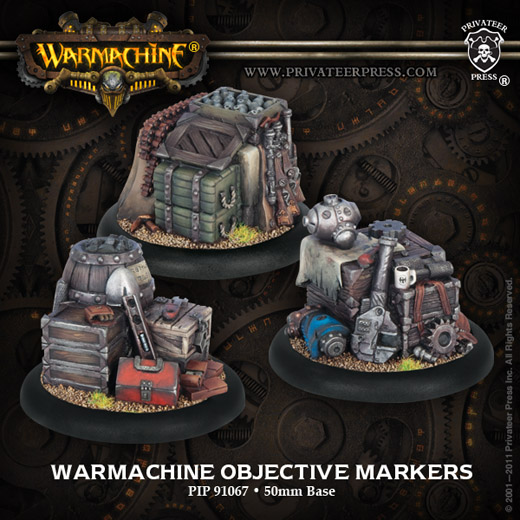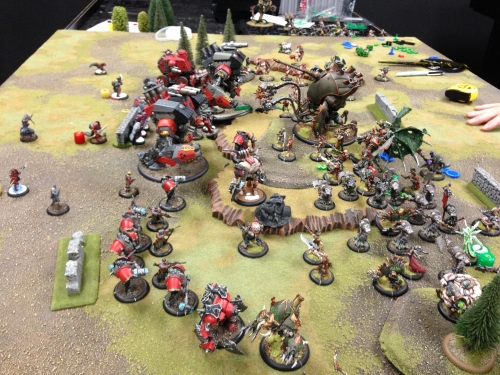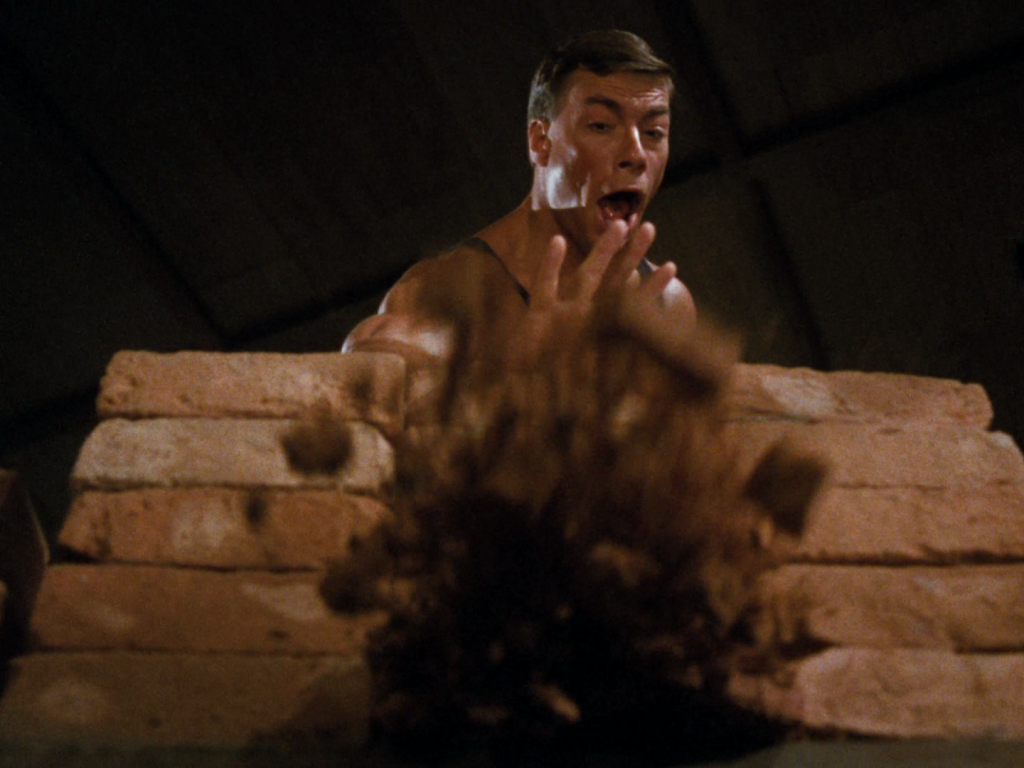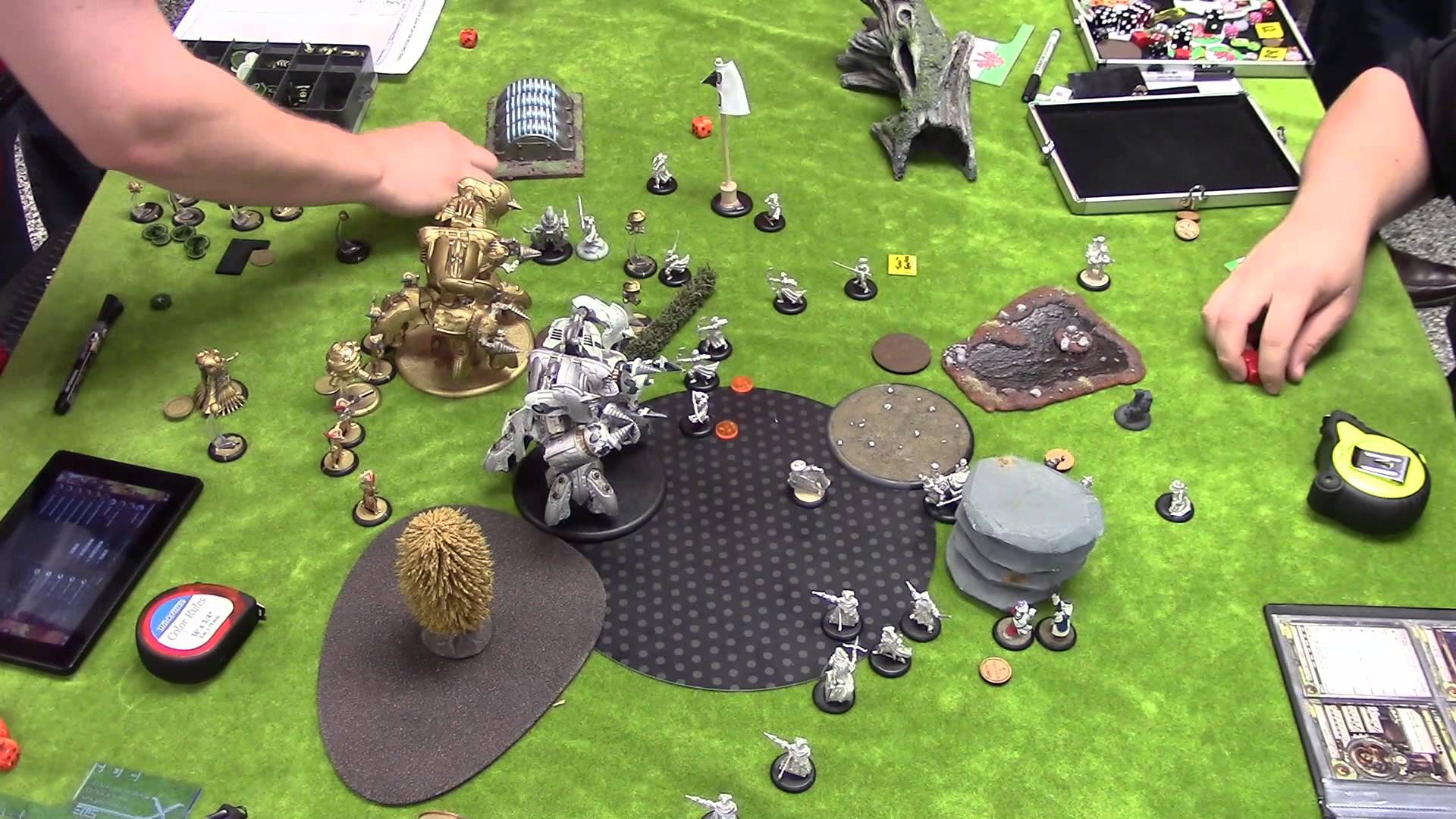Warmachine: The Virtues of Scenario Play


Here are some reasons to consider adding scenarios (especially from the Steamroller packet) into your Warmachine and Hordes games.
The Player’s Journey
Most players progress through Warmachine/Hordes (WM/H) along a similar route: start with battlebox games (sometimes using alternative battleboxes), then grow their forces up through ascending army point limit totals until you’re finally playing whatever is the commonly accepted game size in your area (50 is the most common, with 35 and 42 being likely alternatives).
Throughout that growth process players are primarily focused on learning the basics of the game – list building, focus/fury mechanics, movement, unit rules, etc, etc – and as a result the games are often played with straightforward victory conditions. Anything using battleboxes is probably using Mangled Metal/Tooth & Claw rules, which end the game after either a warcaster/warlock dies or after their battlegroup is wiped out, or for other games players typically slug it out until someone’s warcaster/warlock is killed.
This style of game is typically referred to as “‘caster kill”, since the death of the opposing warcaster/warlock is how you win the game. It is a very straightforward game style, and works well when both players are still learning the ropes of the game. WM/H is an aggressive game, so players often default to behavior that facilitates ‘caster kill as a victory condition (aided tremendously by the natural impulse to push models across the table and get them to do cool stuff).
Hitting A Gaming Wall
One thing that I’ve noticed observing players grow their WM/H experience is that they often hit a wall once they settle into a consistent point total. Part of that is the fact that WM/H has a fairly steep learning curve in places (you need to be ready to climb a few walls), but the big factor is that ‘caster kill as a game style has issues that become more evident the longer you play it (and as players become more adapt at exploiting them).
Some limitations of ‘caster kill games are:
- Focus on ‘caster/’lock durability and killing power – Since both players are vying to kill the other ‘caster/’lock and win the game, it pays off more to bring a ‘caster/’lock that can take a punch and deal one back.
- Emphasis on hitting first and hitting hard over staying power – The first step in getting to the creamy center of an opposing army is to peel away the layers protecting the leader, so it is more valuable to be able to hit the enemy army early and kill as much as you can than it necessarily is to be able to accept a hit (though being able to do both is always great).
- Retreat and denial tactics are very powerful – You can’t kill what you can’t catch. Being able to hit and run (either via special rules, or over the course of several turns using ranged attacks) is tremendously effective in ‘caster kill games. Denial effects (SPD reducers, difficult terrain generation, other abilities that restrict your opponent’s movement) are likewise very powerful.
The fallout is that ‘caster kill games can quickly become frustrating as both players learn to best exploit the format. So what is a WM/H player to do at that point?
Break The Walls Down
The best cure I’ve found for the “‘caster kill doldrums” is to introduce scenarios into your games. This requires a little more set up on the part of the players (having to roll up a scenario beforehand and set up the corresponding markers/zones), but the extra effort spent is worth it (and gets faster with practice).
You can find some great starter scenarios in the Warmachine and Hordes core rulebooks (Warmachine Prime Mk. 2 and Hordes Primal Mk. 2, respectively). Alternatively, if you don’t have access to those (or want to jump right into the really crunchy scenarios) the Steamroller packet of scenarios for the current year can always be found here: Steamroller Tournaments (PP site) (the pdfs containing the scenarios are at the bottom of the page).
Introducing scenarios into your WM/H games does several things:
- Broadens warcaster/warlock considerations – Being a beefcake in combat is always valuable, but scenarios allow the frail-but-crafty ‘casters/’locks to shine as well.
- Increased depth in valuable model abilities – Since you’re fighting over specific spots on the table, now durability can be its own virtue (sometimes even outclassing outright hitting power).
- Encouragement of engagement – Scenarios zones naturally bring players into fighting over common areas of the table, which limits the amount of “kiting” or hit-and-run either player has to deal with.
- Assassination is still an option – You still win the game if you kill the enemy ‘caster/’lock, so you can still play for assassination.
Scenarios can be a fantastic way to reinvigorate your WM/H experiences if they’ve started to become a little stale or frustrating. Don’t let the fact that some scenarios are labeled for “tournaments” either; I can attest that they work equally well in casual play (and make the game a lot more fun!)
—–
Have any thoughts about WM/H scenario play? Let me know in the comments below!
Be sure to check out Sticks and Dice for more Warmachine and Hordes content!










